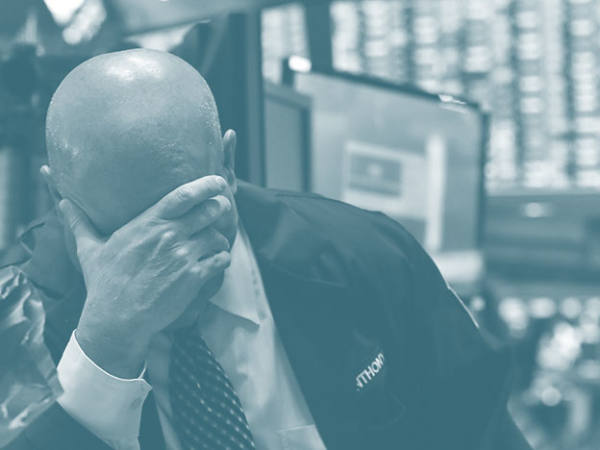Given the old Buffett adage that not losing money is the number one rule in investing (number two being, don’t forget rule one), we have written much on this subject this year, including Philip Ryland’s excellent ‘Seven Deadly Signs’ (1 November 2019) and Phil Oakley on page 21 this week. And it’s been a continuing theme of my own reading of late. After finishing a short biography of legendary IC editor and FT columnist Harold Wincott (more on this another time), I began reading a new version of The Signs Were There, an excellent round-up of two decades of accounting scandals by former fund manager Tim Steer – interviewed by Algy Hall earlier in 2019 for his piece on the same subject ‘Spotting Red Flags’ (29 March 2019) – and updated to include the Woodford saga (the subject of this week’s cover feature, starting on page 26).
Mr Steer boils his experience down to 10 signs, which spaceprevents me from outlining in detail here (if you haven’t already I encourage you to read the book, and our articles). But in almost all cases the signs of trouble could be spotted through a thoroughinvestigation of the annual report – for direct equity investors the most important document by far. Sadly, though, too few take the time to bother with them, even though a few hours’ reading could save a lot of distress and money.
Maybe that’s because annual reports and accounting can seem somewhat impenetrable, which is why we devote much space in the publication via Phil Oakley’s writings to help readers learn how to read them. And, in fact, looking at the annual report was how both Phil and Algy recently spotted that Ted Baker was running up its stock to dangerous levels – both reached the conclusion independently in the same issue (26 July 2019). Odd stock movements also make Mr Steer’s list of danger signs, along with the risk inherent in highly acquisitive companies (such as Saatchi), or those extending their customers too much credit.
There is perhaps an economic explanation as to why we have seen this. One theory suggests that in the later stages of an economic cycle, when underlying growth is becoming harder to achieve, companies push their accounting or businesses harder, or turn more to financial engineering and acquisitions to meet expectations or obscure sluggish growth. On that basis, as broad economic growth stumbles, equity investors should be looking for red flags in the annual reports more carefully than ever. We certainly are.











